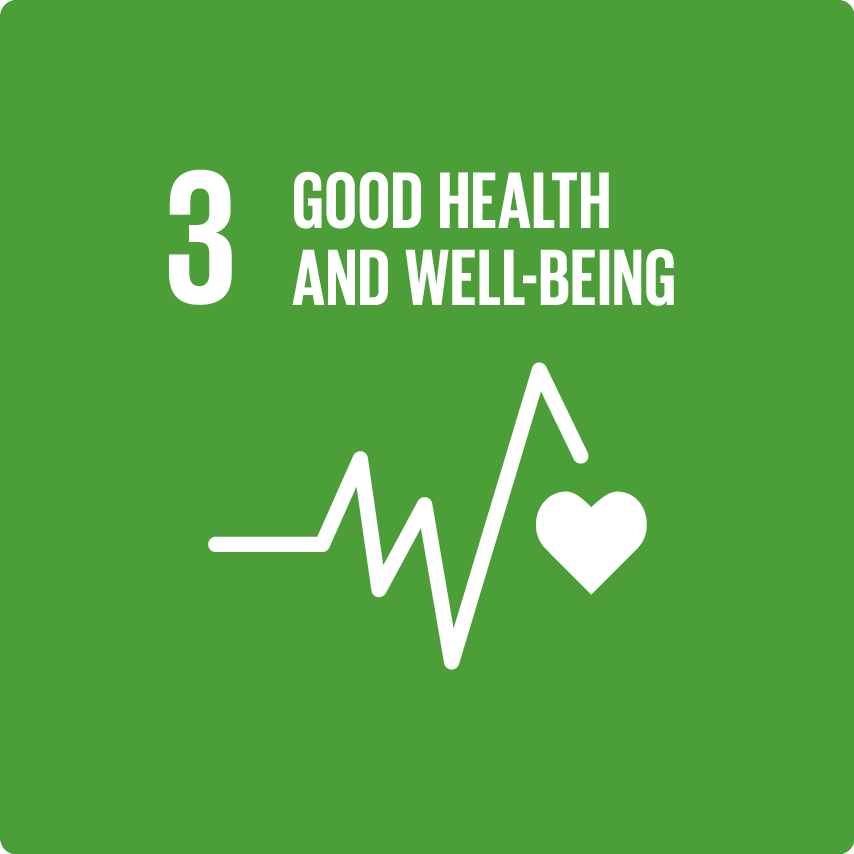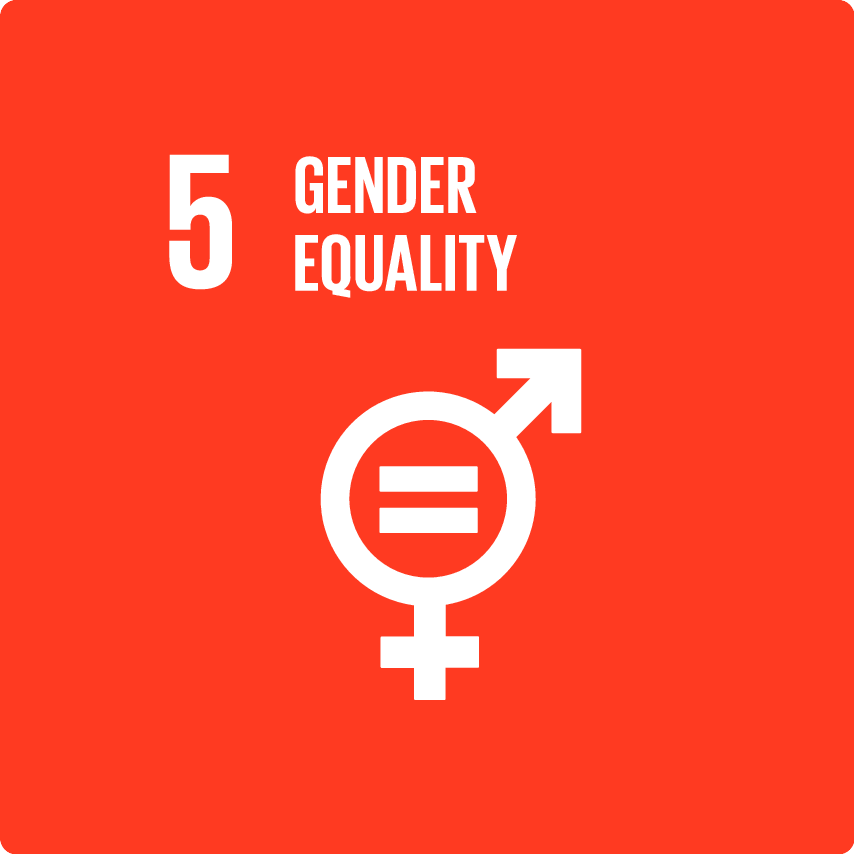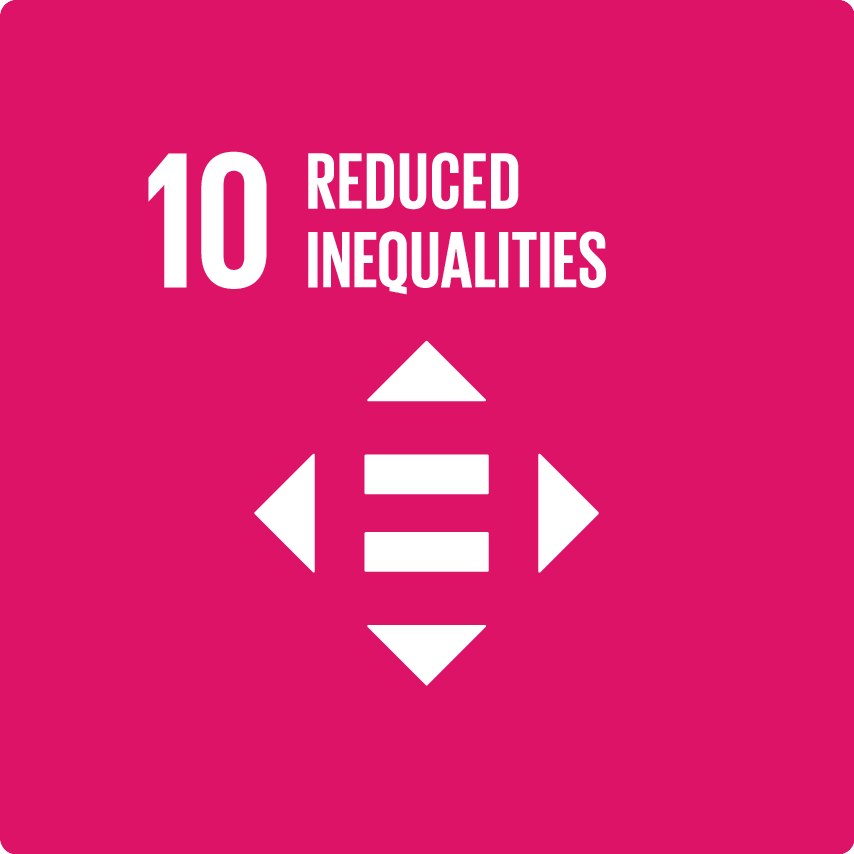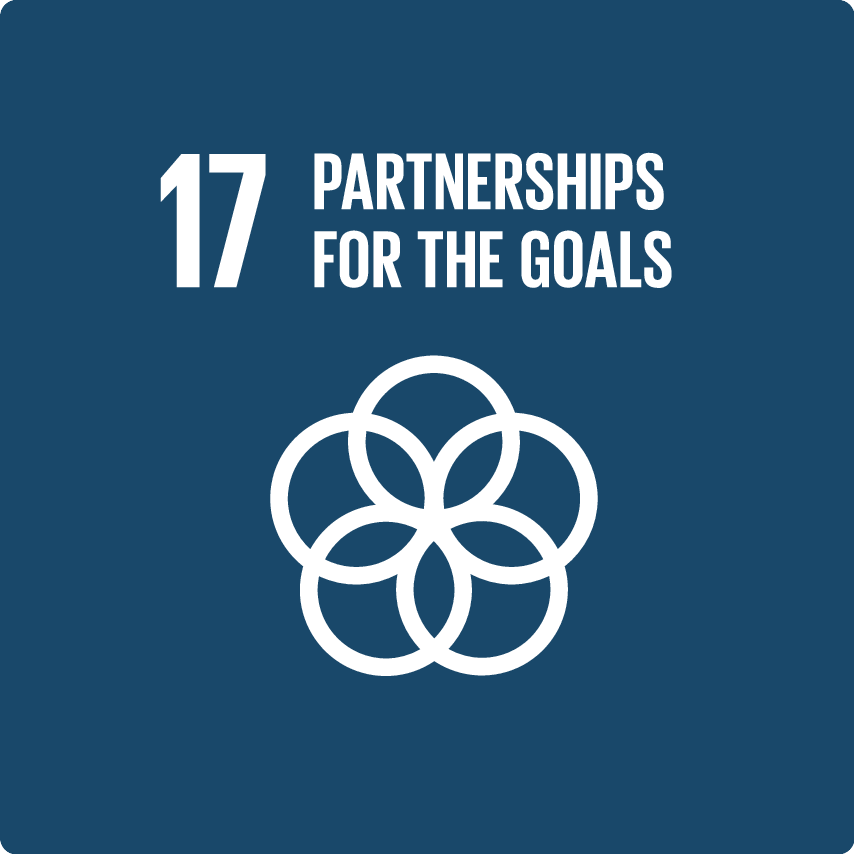Exploratory Research Targeting GWT1 for Treatment of Malaria
Developing new malaria treatment.
SEE ALL PARTNER ORGANIZATIONS
Objectives
- Development of new malaria treatment.
What are the health needs and challenges?
A new treatment is needed against malaria which is endemic in many developing countries, as some strains of malaria pathogens are resistant to existing anti-malarials. It is estimated that in 2010, malaria caused over 650,000 deaths, mostly among African children.
Partnership activites and how they address needs and challenges
Eisai identified GWT1 as a target molecule in a development project for anti-fungals. Through joint research with Japan’s National Institute of Advanced Industrial Science and Technology (AIST), it was found that the GWT1 protein is an enzyme which catalyzes acyl group transfer reaction, an essential part of the glycosylphosphatidylinositol (GPI) biosynthesis pathways. Some of these antifungal candidates were then found to show antimalarial activity through the joint research with Research Institute for Microbial Diseases, Osaka University. Malaria research techniques, including the in vitro culture method and the animal experimental model, were transferred to Eisai from Kitasato Institute for further screening of antimalarial compounds in 2010.
In January, 2012, Eisai signed the material transfer agreement with Medicines for Malaria Venture in Switzerland for biological studies of antimalarial lead compounds.
Eisai and AIST successfully discovered a novel drug target in GPI biosynthesis pathway. Assays in Osaka University suggested the possibility of our anti-fungal compounds also acting on malaria pathogens with the same mechanisms. These results provided encouragement to start the current antimalarial project.
Lessons learned
It is important to find the “triggering knowledge” at the start of new activities, although huge amounts of time and effort are needed to achieve this. Effective partnership with external specialists can shorten the time to start new activities and guide the research in a proper direction.
Results and milestones
Eisai has clarified that its antimalarial compounds show sufficient antimalarial activities based on GWT1-inhibition, as shown by matching the results of the GWT1 assays (established with AIST) and the malaria assays.
Together with partners the company is now moving towards lead optimization to create compounds with clinical usefulness. Collaborative activities between MMV and Eisai were explanded to evaluate compounds screened out.
Geographic Reach
- Africa
- Eastern Mediterranean
- South-East Asia
- Western Pacific
Disease Area
- Infectious and Parasitic Disease
Target Population
- Children
- Women
- People with low incomes
Partner organizations
National Institute of Advanced Industrial Science and Technology, Japan
Medicines for Malaria Venture (MMV)
Kitasato Institute
Research Institute for Microbial Diseases, Osaka University
Additional resources
Geographic Reach
Africa
- Angola
- Benin
- Botswana
- Burkina Faso
- Burundi
- Cabo Verde
- Cameroon
- Central African Republic
- Chad
- Comoros
- Congo
- Côte d'Ivoire
- Democratic Republic of the Congo
- Equatorial Guinea
- Eritrea
- Ethiopia
- Gabon
- Gambia
- Ghana
- Guinea
- Guinea-Bissau
- Kenya
- Lesotho
- Liberia
- Madagascar
- Malawi
- Mali
- Mauritania
- Mauritius
- Mozambique
- Namibia
- Niger
- Nigeria
- Rwanda
- Sao Tome and Principe
- Senegal
- Seychelles
- Sierra Leone
- South Africa
- South Sudan
- Swaziland
- Togo
- Uganda
- United Republic of Tanzania
- Zambia
- Zimbabwe
Eastern Mediterranean
- Somalia
- Sudan
South-East Asia
- Indonesia
- Myanmar
- Thailand
- Timor-Leste
Western Pacific
- Brunei Darussalam
- Cambodia
- China
- Cook Islands
- Fiji
- Japan
- Kiribati
- Lao People's Democratic Republic
- Malaysia
- Marshall Islands
- Micronesia (Federated States of)
- Mongolia
- Niue
- Palau
- Papua New Guinea
- Philippines
- Republic of Korea
- Samoa
- Singapore
- Solomon Islands
- Tonga
- Tuvalu
- Vanuatu
- Viet Nam
Disease Area
Infectious and Parasitic Disease
- Malaria



